Cosmetics firmly entered our lives and became its integral part. It’s hard to imagine personal care without cosmetics, because the desire to have a neat and beautiful appearance has been inherent in man since ancient times.
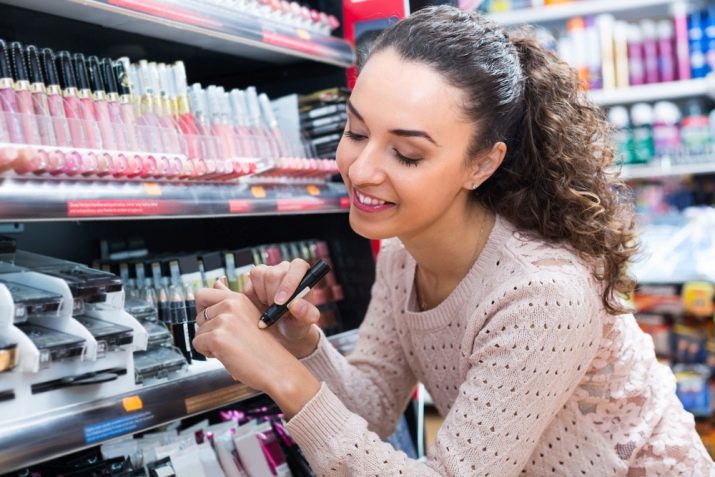
History
The appearance of cosmetics can be traced back to the time of our era. In order to emphasize their belonging to a particular tribe, the natives of Africa and Australia painted their face and body with different colors. The creators of cosmetics as such are the ancient Egyptians. During the excavation, scientists discovered amphorae with a variety of ointments and incense containing oil and frankincense. They also found a papyrus with a list of self-care tips, which implies that the pharaoh and his courtiers often used cosmetics.
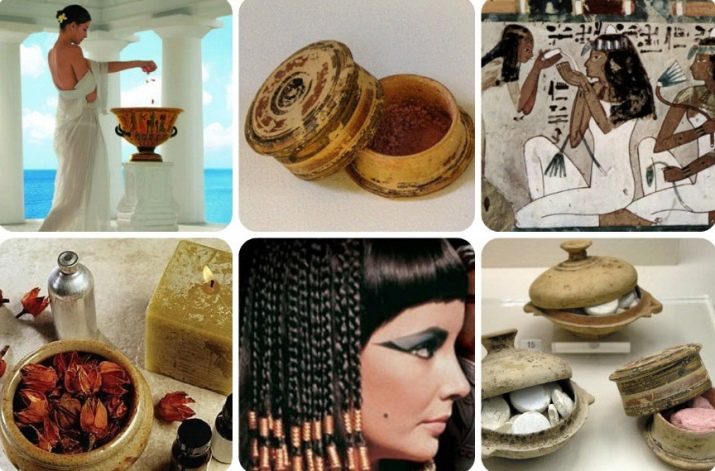
Tanks with blush and whitewash were also excavated, because when sending the Egyptians to the other world, it was necessary to put 7 varieties of cosmetic products with them, as well as black and malachite face paint. The method of eyeliner, which the Egyptians lengthened their contour, is used now: they let their eyes through dark lines along the entire eyelid. For this, women used bright green paint, which was made from crushed malachite, and then black - from burnt ivory and coal.
A variety of fats were often added to cosmetics, Egyptians skillfully made soap, perfumes, even hair dyes. We have reached many recipes on how cosmetics were made in those days.
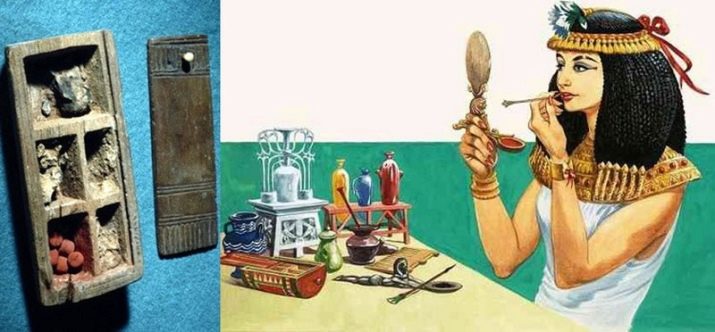
There is also a book about the cosmetics of Cleopatra herself. In ancient Greece, also long since used cosmetics.To match the fashion, women used whitewash on their faces, and their eyes let down the black paint, which was obtained during the combustion of various products. In order to add a paler look to the skin, Greek women made night masks from dough with barley flour, an egg and seasonings. There, for the first time, a profession appeared, the task of which was to decorate a person.
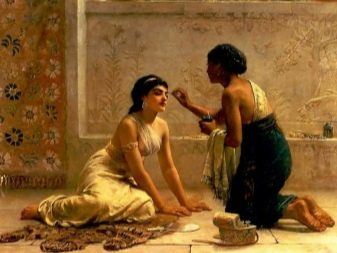
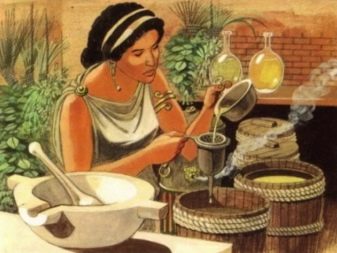
Such specialists were treated with various appearance defects, and they prescribed all sorts of procedures and creams to improve the skin. Not for nothing that the word “cosmetics” itself has Greek roots and means “the art of decoration”. Since then, many works by famous thinkers about the use of various cosmetics have survived to this day. In Rome, the use of cosmetics was combined with body hygiene, because it was here where baths and tanning salons first appeared. In addition to cosmetics, the Romans used a variety of natural products, for example, dairy.
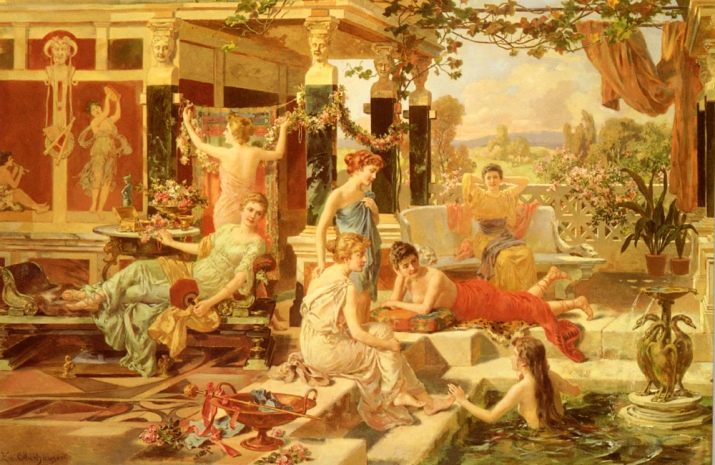
They were also able to lighten curls with the help of products based on such products. In Japan, various means were used for skin care, including whitening, and they also painted eyes and lips with special paints. To give hair shine and silkiness, Japanese women used aloe juice. In ancient China and India, the use of a variety of paints and cosmetics for skin and hair care has also been observed. The Chinese women painted their lips and eyes, bleached their skin and applied blush on their cheeks.
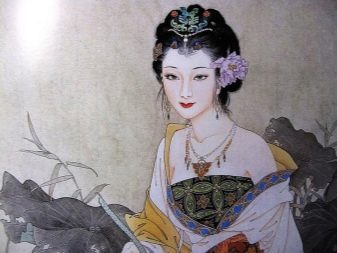
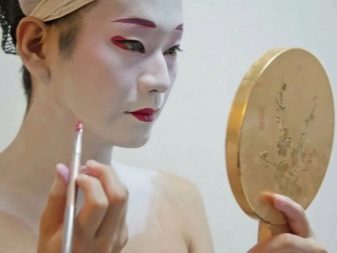
Inhabitants of India dyed eyelashes and eyebrows black, lips - golden, and teeth stained in a brownish tone. Women in Russia used mainly natural means for personal care: infusions and decoctions of a wide variety of herbs, as well as products of animal origin. In the Middle Ages, white skin was in fashion, women lightened it in different ways. This color of the dermis testified to a noble birth, and rosy cheeks indicated loose behavior. With the Renaissance, cosmetics that were used mainly as decorative were used in European countries.


In France, it was considered bad form to go out without makeup on the face and white hair. In the future, this country has become a leader in the production and use of cosmetics. The recipes were inherited and very strictly guarded. Gradually, the popular pallor of the face recedes, and lipstick and blush, which emphasize the natural complexion, become popular. In the manufacture of cosmetics used natural products - a variety of herbs and berries.
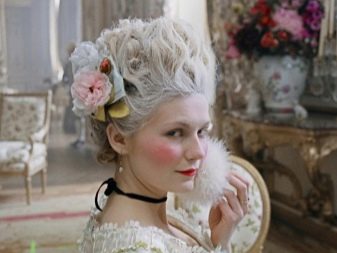
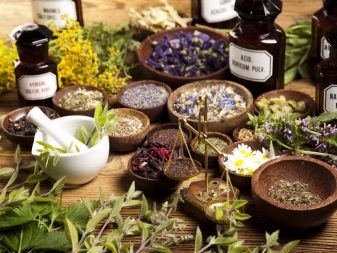
But it happened that they could also contain such harmful components as acids or mercury. It is noteworthy that in those days men used cosmetics on a par with women. A little later, in some countries, a law was passed banning the use of cosmetics, so the majority of the female population began to use home remedies.
No decrees could impede the development of the cosmetics industry, secrets were carefully passed from one generation to another using different methods. The last three centuries have been marked by the appearance of modern cosmetics and its wide variety.

Cosmetic companies appeared that became popular around the world. New products in different colors began to be produced. Later, movie stars began to advertise cosmetics, and it became more affordable for any woman. Nowadays, for creating an image, as well as for personal care, there is an extremely wide range of cosmetics, both decorative and care products.

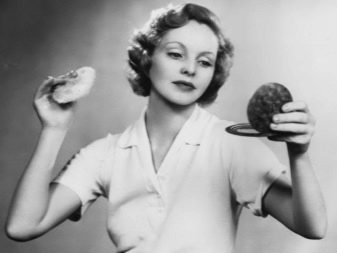
Each representative of the fair sex can easily find everything for herself.
Safety requirements
The main requirement that is put forward to any type of cosmetics is its harmlessness. All products must be absolutely safe for health. The conditions in which it is made must comply with all sanitary and hygienic standards, during transportation it is also necessary that all the rules are observed and the products are not damaged. Terms and conditions of storage are also very important.

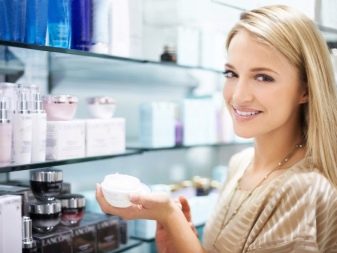
Structure
Everyone knows that in modern cosmetic products there are chemical and synthetic components. Such substances add brightness and a more effective appearance to cosmetics, but their effect on the skin is often negative. therefore when choosing a cosmetic product, it is worth giving preference to products with a more organic composition. Among the chemical components, various preservatives, cetearyl alcohol, sodium erythorbate, hydroviton, polymers, and parsol can be distinguished.
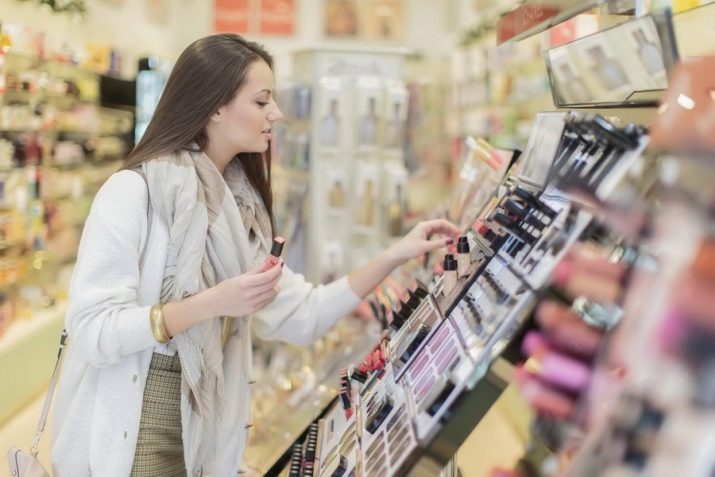
Organic components include:
- oils;
- acids (including succinic);
- vitamins;
- peptides;
- retinol;
- silk protein;
- essences and extracts;
- plant extracts;
- iron oxide;
- talc;
- plant or animal based emollients;
- silica or silicon dioxide.

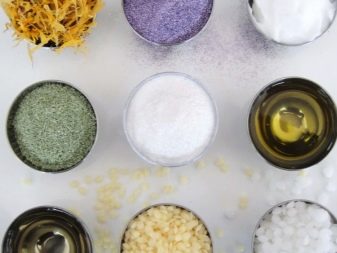
The more natural components in the composition of the cosmetic product, the more sparingly it will act on the skin, and in addition, the more rich in beneficial properties.
Types and rules of use
Cosmetics can be home and factory. The first type consists mainly of natural components, and is a fairly budget option. Despite the abundance of factory-made cosmetic products, home remedies remain quite popular. Although their disadvantages include short effect from application and time spent on manufacturing. Factory cosmetics, in turn, are of several types and differ in cost, quality and purpose.
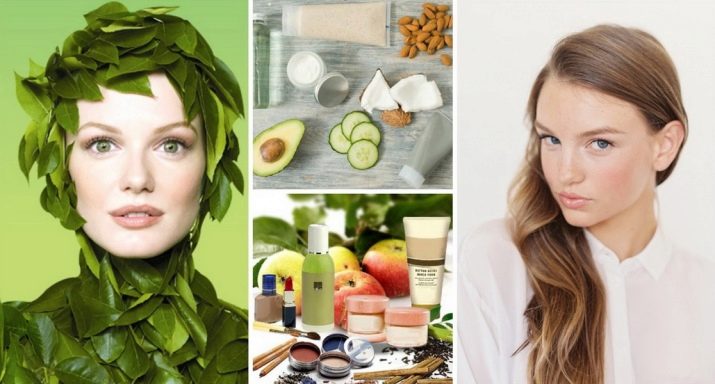
By age and gender
Cosmetics, especially cosmetics, have an age framework, and for each age, certain means must be selected. They already have a balanced composition for a certain skin, taking into account all the age-related needs of the epidermis. In addition, in addition to women's cosmetics, there is a fairly wide range of cosmetics for men. Among them, there are both care products and decorative ones.
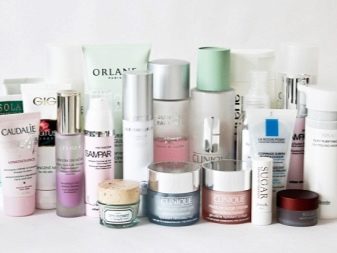

By appointment
All cosmetics are divided into two groups:
- nursing;
- decorative.
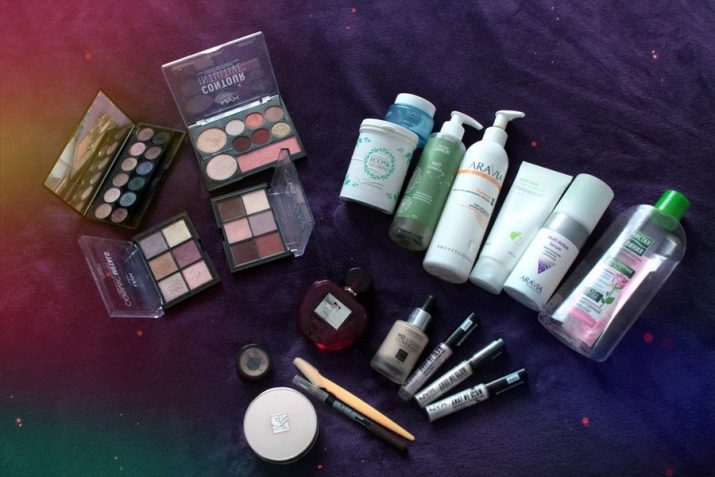
The first group includes cosmetics, which have cleansing, nourishing and moisturizing properties. In addition, some products have healing features and help reduce rashes or redness. Such cosmetics include creams, masks, lotions, scrubs, mousses and milk. The care group also includes anti-cellulite cosmetics, as well as products for wrapping.
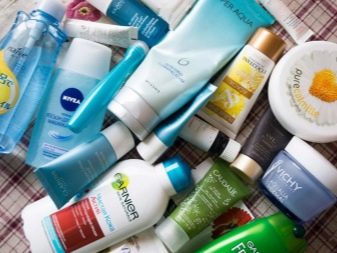
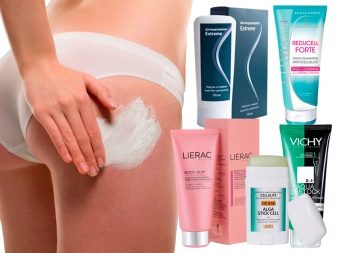
Such products are quite effective in combating cosmetic defects such as cellulite.
They differ in composition, but have a similar type of action: the elimination of stagnation that cause cellulite. Such products are available in several forms: creams, scrubs, mud and paraffin. The decorative group includes makeup products. Mainly everything that is used after cleansing and moisturizing is considered a means of decorative cosmetics. These include tonal foundations, correctors, powders, eye shadow palettes, lipsticks, pencils, eyeliners and many other products.
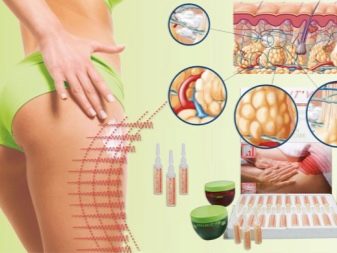
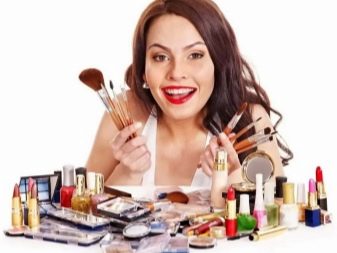
There is also pharmacy cosmetics, to which therapeutic cosmetics belong. Such products are not only used to mask skin defects, but also take good care of the epidermis. Such cosmetics are implemented in the pharmacy network, its cost is quite high. You can add oxygen cosmetics to this series. It saturates the layers of the epidermis with oxygen, thereby rejuvenating them.

In addition, there is professional cosmetics, which stands out for its high resistance to external influences and is mainly used by cosmetologists, stylists, and makeup artists.
By price
At the cost of cosmetics is divided into several types.
- Mass market - budget cosmetics that are intended for mass use.A distinctive feature of such products is a low price and an extremely wide range.
- Middle-market - middle class products. Its cost is slightly higher than that of the previous species, but half of the composition is natural products.
- Lux It is of high quality and is considered premium cosmetics. Such selective products consist mainly of natural components and are manufactured according to specially developed unique formulas. Such cosmetics are produced by famous brands.
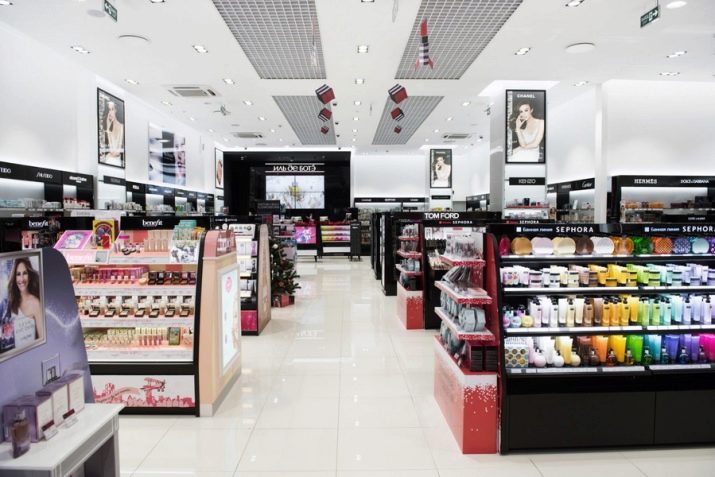
When creating makeup, it is worth considering the characteristics of each type, optimally if the product is suitable for you both in price and quality.
Manufacturers
Each country has its own well-known cosmetics manufacturers, which differ in their special characteristics, which have become their calling cards. Overview of some of the most popular cosmetics manufacturers:
Among the famous French brands can be noted Bioderma, Garnier, Lancom, Givenchy, the growing popularity of Lacrima;
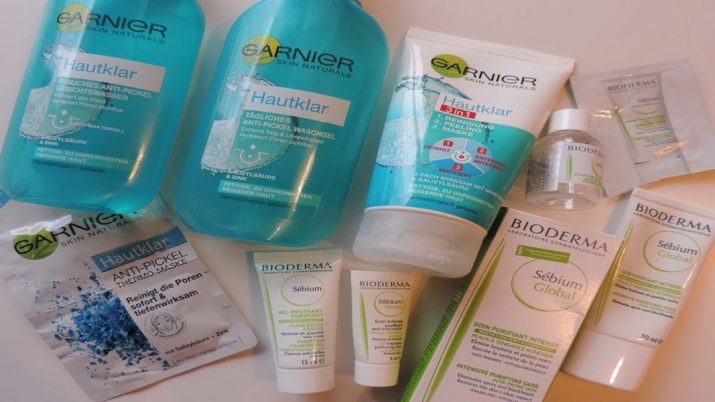
- high-quality German products - with brands Catrice, BeYu, Essence;
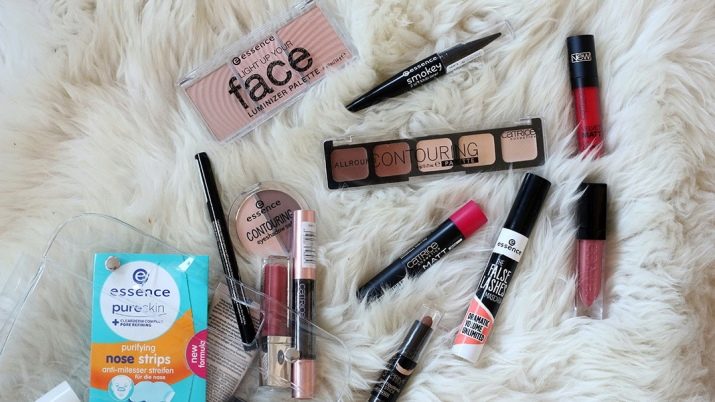
- inexpensive, but rather high-quality Belarusian funds Bielita, Vitex, Markell Cosmetics;
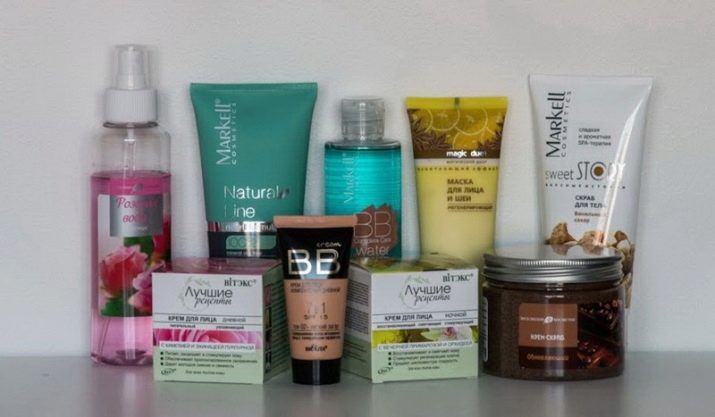
- Exclusive Korean cosmetic brands - Erborian, Secret Key, Tony Moly, Genosys;
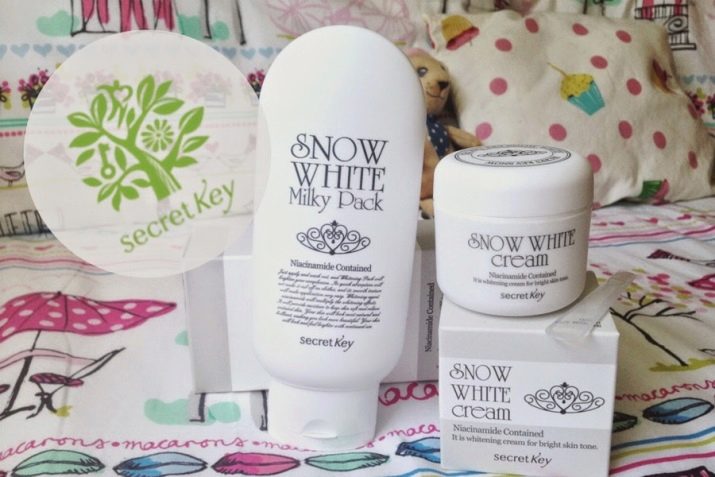
- high-quality cosmetics of Russian manufacturers - Aroma Jazz, Faberlic, Black Pearl;
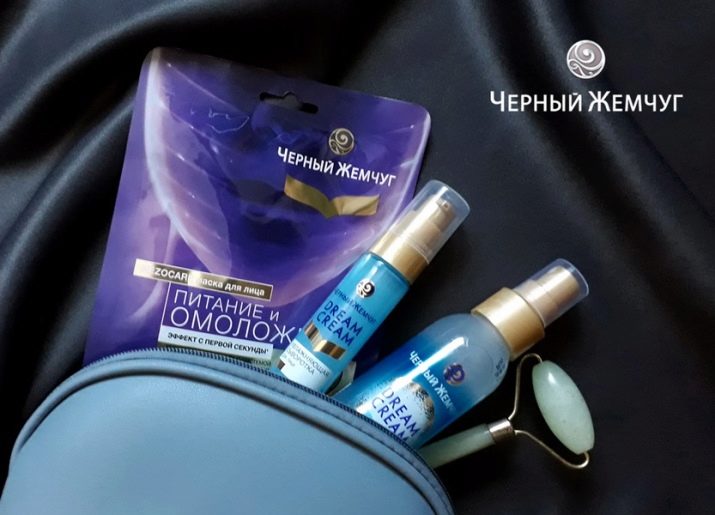
- Italian brands are leading Art Deco, Giorgio Armani, Nouba;
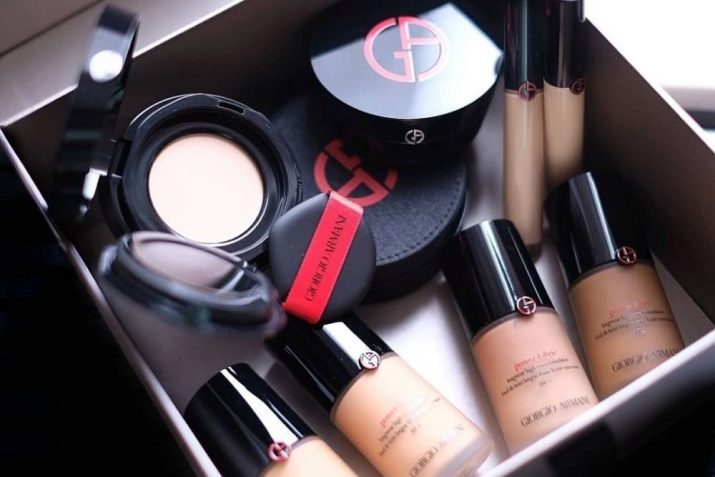
- American experimental products - Anastasia, Mary Kay, Beverly Hills;
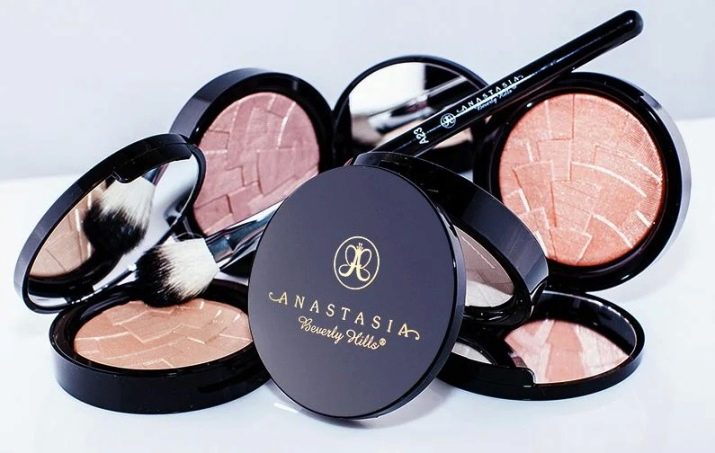
- Arabian decorative cosmetics - Huda Beauty;
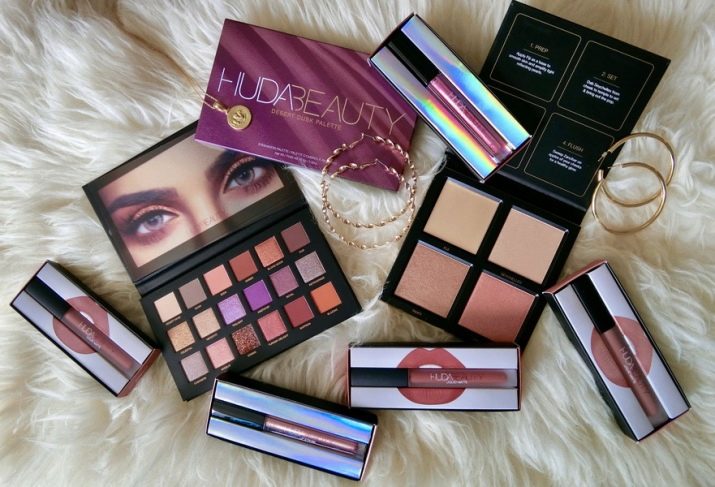
- famous Spanish brand - Casmara.
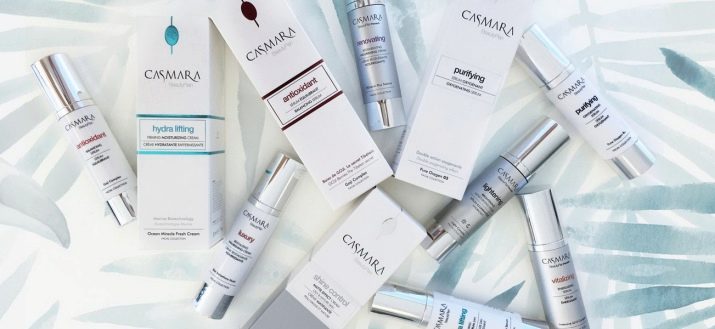
Also quite popular in the world Australian, Swedish and Indian cosmetics.
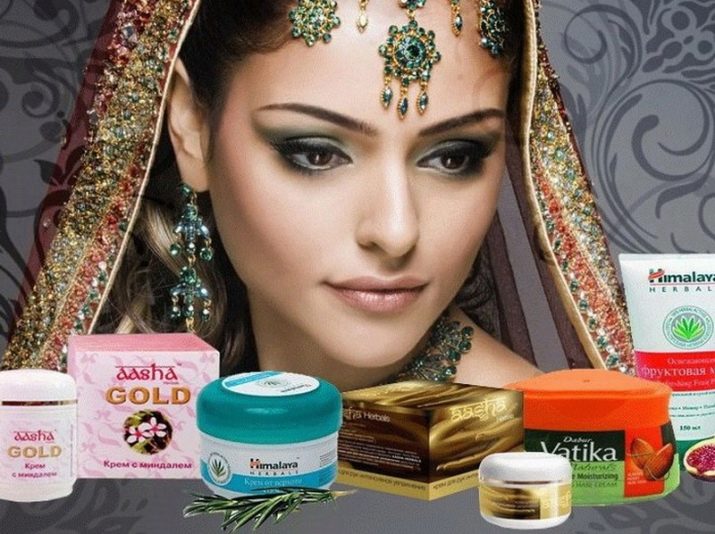
From the reviews of cosmetologists who highlight the natural composition and beneficial effects on the skin of cosmetics, we can distinguish several brands specializing in organic products: Russian Natura Siberica, Silapant, Greek Korres, Indian Marico, French Yves Rocher, American Frech Minerals, English Bare Minerals. Special attention is paid to amber cosmetics, which has a completely natural composition. As components in it there are succinic acid and oil, which restore the skin, saturate it with oxygen and nourish it well.
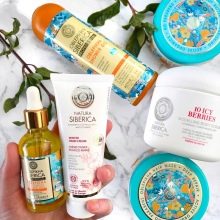
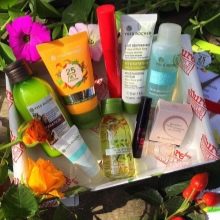
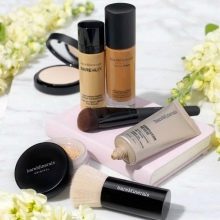
Selection rules
Any cosmetics is selected for a specific type of skin. For oily skin care cosmetics are suitable, which has a light texture and does not clog pores. It is optimal to use products with a mild drying effect. For washing this type, it is better to use foam. For proper care of normal skin, it is worth using masks with a moisturizing effect and nourishing creams, and for cleansing it is better to choose soft scrubs and peels.
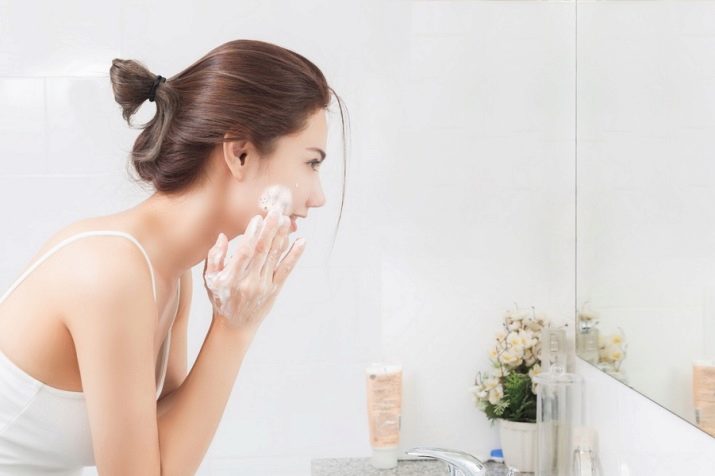
Dry skin needs to be properly moisturized, as it undergoes faster aging processes. In order to postpone the appearance of wrinkles as long as possible, such skin should be nourished regularly, but it is necessary to avoid products that contain alcohol, which greatly dehydrates the epidermis. For mature skin, cosmetics rich in peptides and collagen are well suited.

Such peptide agents help fight wrinkles and smooth out the surface of the epidermis well.
Optional accessories
For makeup, as well as skin care, in addition to cosmetics, auxiliary accessories are needed. With the help of such devices you can both apply makeup and rinse it off. For greater convenience, a cosmetic bag should have:
- sponges;
- brushes and brushes;
- tweezers.
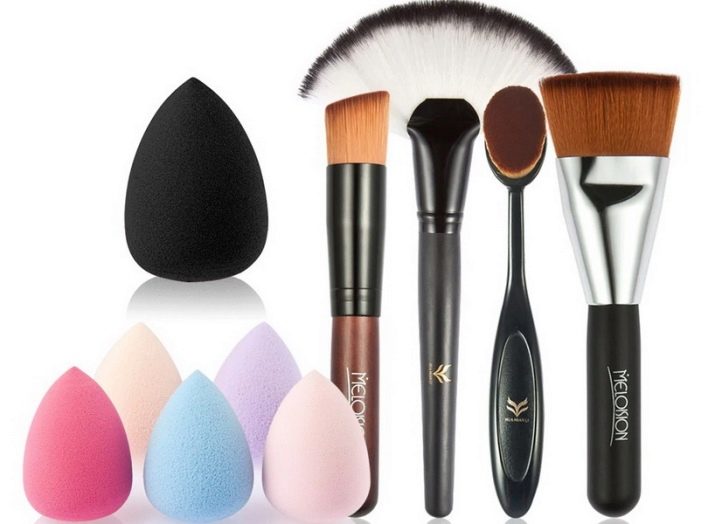
It is also very convenient to use soft packaging with products - refills, their contents just need to be poured into an existing bottle. This allows you to constantly have the right product on hand (for example, your favorite perfume or lotion), as well as significantly save the budget, because, as a rule, such packages are cheaper than a regular bottle.
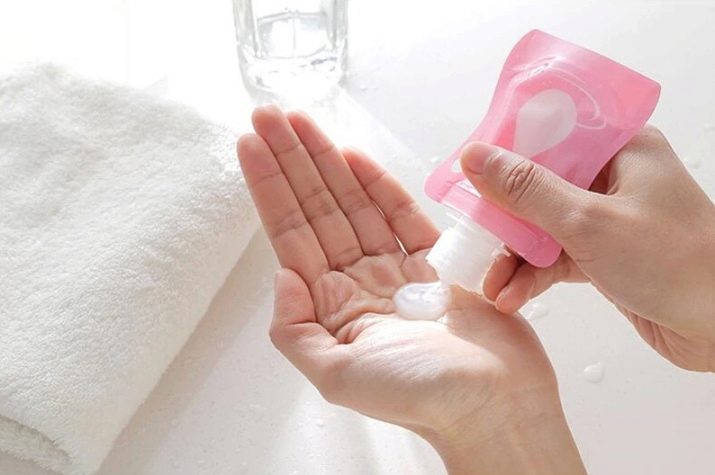
Is refundable?
According to the legislation of the Russian Federation, purchased cosmetics cannot be returned or exchanged. This can be done in exceptional cases:
- if complete product information is not available;
- in the presence of manufacturing defects;
- if during the purchase the buyer was not informed about the properties of the product or the wrong information was given.
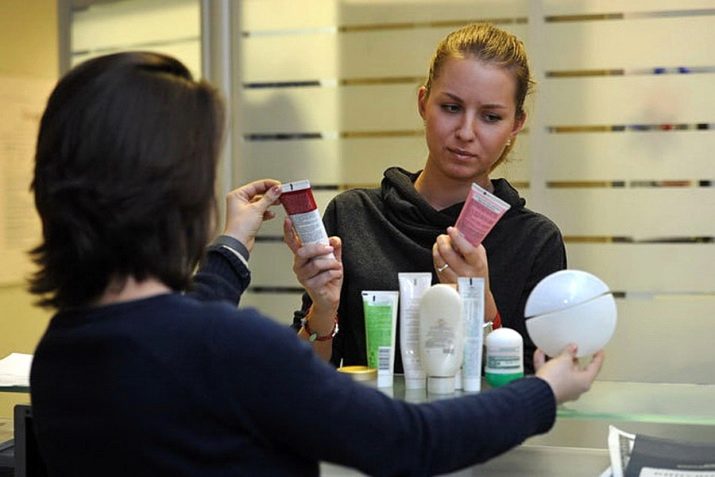
How to store?
For storing cosmetics at home, the best option would be organizer. Such a device will help to maintain order on the mirror and have the necessary funds always at hand. You can also keep cosmetics in a plastic container or box, so nothing is lost and will always be in place. All tubes and bottles should be tightly closed. If necessary, some products, such as oils or creams, can be kept on the bottom shelf of the refrigerator.
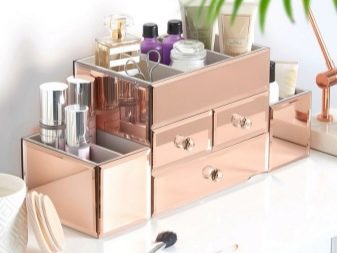
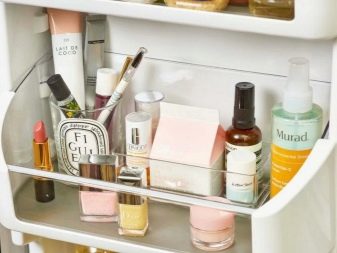
You can read more about storage temperature on the label.
Interesting Facts
- In ancient Egypt, plucked eyebrows indicated mourning for a dead cat.

- In France, the death penalty threatened to divulge a recipe.

- Long nails in China emphasized the noble origin of the girl. The longer the nails, the higher the position she occupied.

- In Frankfurt, a decree was issued that allowed her husband to divorce, if after the wedding it turned out that the woman was beautiful only with makeup. Such a woman was condemned as a sorceress.

- At the court of Catherine de Medici there was not a single brunette, preference was given only to blond girls.
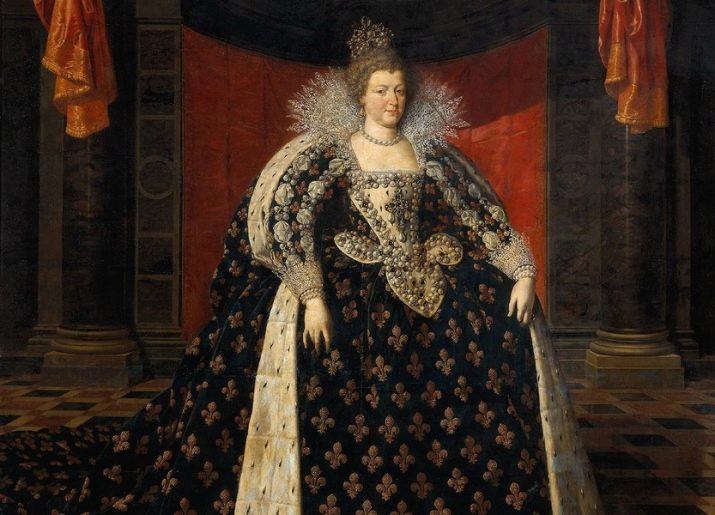
- In Europe in the 18th century, thick eyebrows were in fashion. To match the trends of that time, women shaved their eyebrows and stuck artificial ones instead of them, which were made from the skins of mice.

- During the time of Louis XVI, men in the court painted their lips with lipstick. This was considered the norm.

See how to choose cosmetics in the next video.










